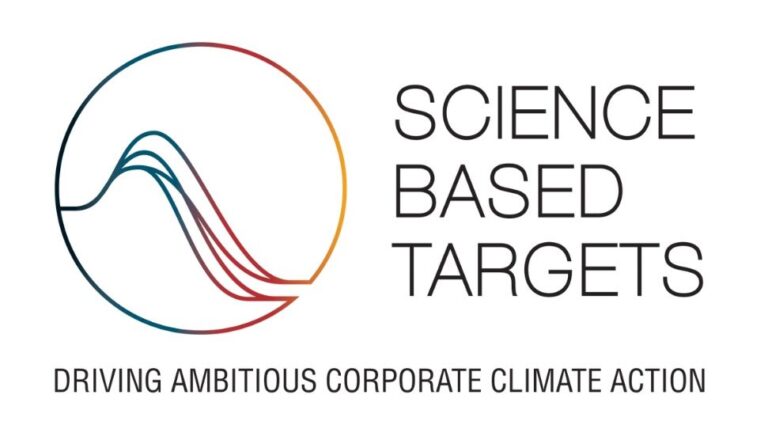ESG Hub
Sustainability at Vistatec
Sustainability is at the heart of everything we do. Our Environmental, Social, and Governance (ESG) strategy drives meaningful progress and ensures that transparency and accountability are embedded in all aspects of our operations.
Our Commitment Statement
At Vistatec, we are committed to the well-being of the planet, people, and communities we serve. We aim to make a lasting positive impact through responsible practices and forward-thinking initiatives. Our near-term science-based emissions reduction target are validated by the Science Based Targets initiative (SBTi).
Environmental
We take proactive measures to minimize our environmental footprint. From reducing energy consumption and waste to supporting conservation projects, Vistatec is dedicated to creating a greener, more sustainable future.
Social
Empowering people is at the core of our business. We champion diversity, equity, and inclusion and engage in community-building initiatives that enrich lives and promote positive change.
Governance
Integrity and transparency define how we operate. Our governance framework ensures that ethical practices, accountability, and compliance are integral to all decision-making processes.

Reporting
Our progress and goals are detailed in our ESG Report, which will be available here soon.
Visit our CSR pageVistatec Accessibility Statement
Vistatec strives to ensure that its services are accessible to everyone. Vistatec has invested a significant amount of resources in helping ensure that its website meets accessibility standards, with the firm belief that every person has the right to live with dignity, equality, comfort, and independence.
Accessibility on Vistatec.com
Vistatec.com has implemented the UserWay Website Accessibility Widget powered by a dedicated accessibility server. The software allows Vistatec.com to improve its compliance with the Web Content Accessibility Guidelines (WCAG 2.2).
Enabling the Accessibility Menu
The Vistatec.com accessibility menu can be enabled by hitting the tab key when the page first loads or by clicking the accessibility menu icon in the corner of the page.
Here For You
If you are experiencing difficulty with any content on Vistatec.com or require assistance with any part of our site, please contact us during normal business hours, as detailed below. We will be happy to assist.
Contact Us
If you wish to report an accessibility issue, have any questions, or need assistance, please contact Vistatec directly.
